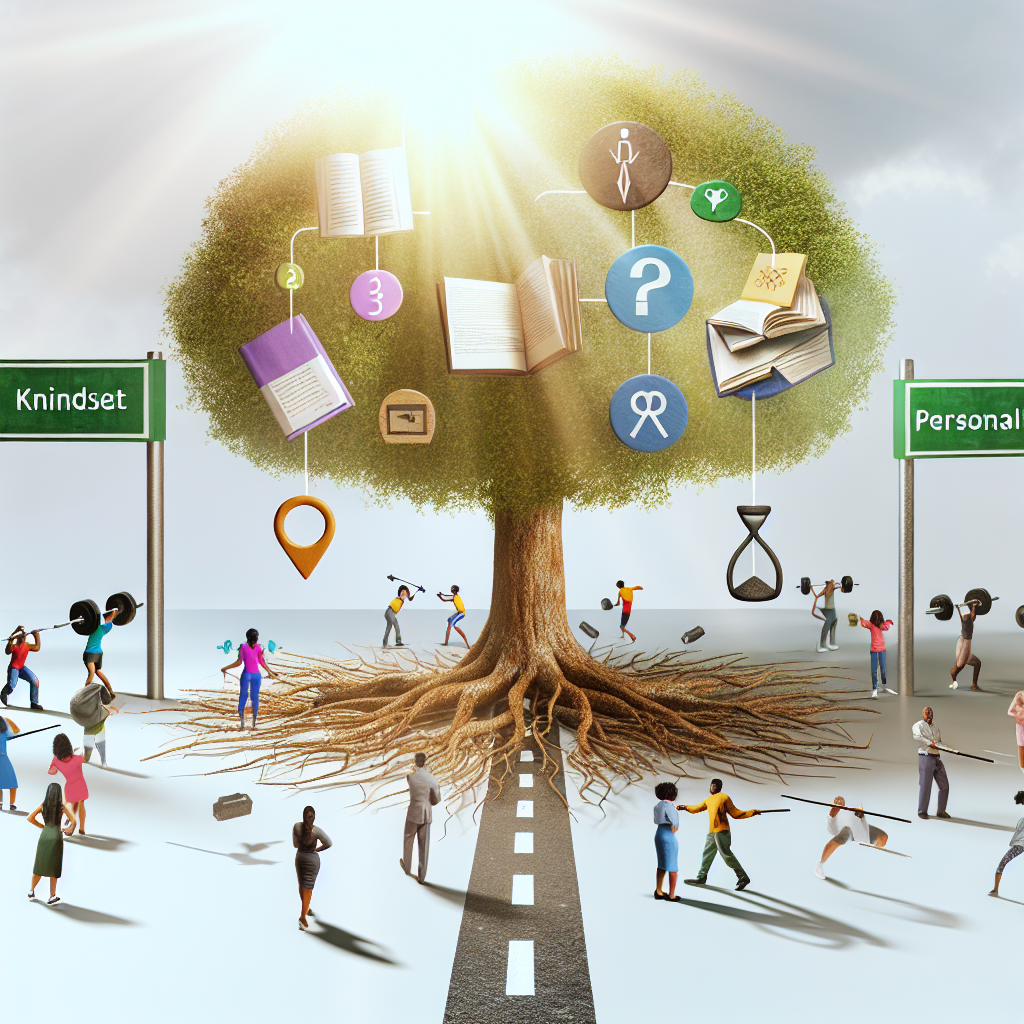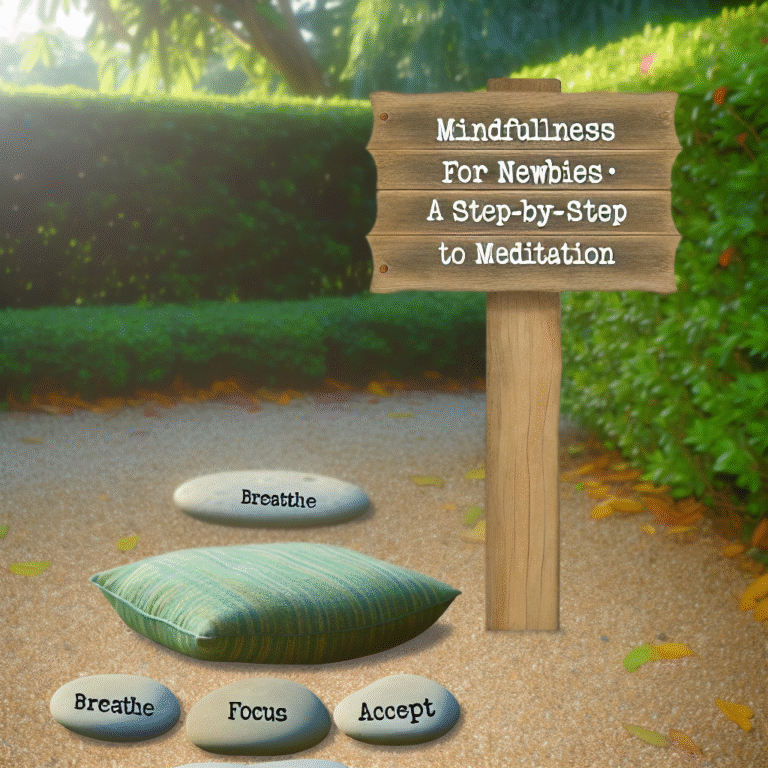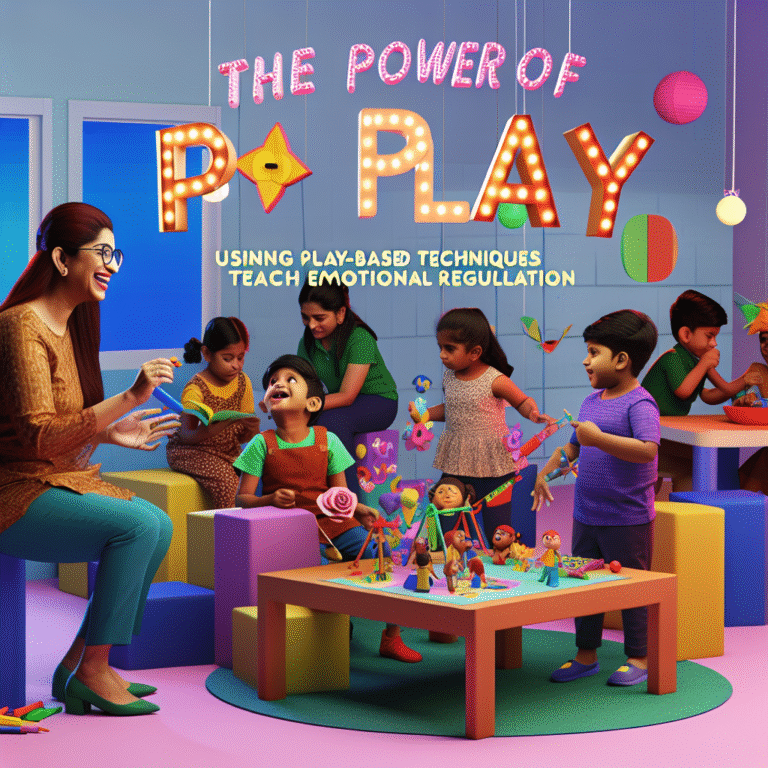
Cultivating Resilience: The Ultimate Intersection of Mindset and Personal Growth
Introduction
In today’s fast-paced world, the ability to navigate challenges and embrace change has never been more crucial. Life inevitably throws us curveballs—be it in our personal lives, careers, or relationships. That’s where the concept of resilience becomes essential. Cultivating Resilience: The Intersection of Mindset and Personal Growth speaks directly to this need, helping individuals not only cope with adversity but thrive despite it. With the right mindset, we can transform our failures into stepping stones and cultivate a growth-oriented view that allows us to flourish in the face of difficulties.
The Psychology of Resilience
What is Resilience?
At its core, resilience is the ability to bounce back from setbacks. It encompasses emotional strength and adaptability. Individuals who exhibit resilience often have a growth mindset, a term coined by psychologist Carol Dweck. This outlook promotes the idea that abilities can be developed through dedication and hard work.
The Growth Mindset Framework
The growth mindset contrasts sharply with a fixed mindset. While those with a fixed mindset believe their talents are static, those with a growth mindset embrace challenges, persist through difficulties, and learn from criticism.
Table 1: Growth vs. Fixed Mindset
| Aspect | Growth Mindset | Fixed Mindset |
|---|---|---|
| Views of abilities | Developable over time | Static and inherent |
| Response to failure | Opportunity to learn | Reflection of personal failure |
| Approach to challenges | Embrace and learn | Avoid and fear |
The Role of Personal Growth
Definition and Importance
Personal growth is an individual’s ongoing process of self-improvement. It encompasses pursuing higher self-awareness, cultivating talents, and fostering interpersonal skills. This growth is intertwined with resilience; as we work on ourselves, we build the capacity to face challenges head-on.
The Relationship Between Mindset and Growth
Cultivating Resilience: The Intersection of Mindset and Personal Growth highlights how our mindset acts as a foundation for our growth endeavors. By adopting a growth mindset, we empower ourselves to pursue learning, develop skills, and overall enhance our resilience when situations become difficult.
Case Studies in Resilience Development
Case Study 1: J.K. Rowling
J.K. Rowling’s journey to becoming a world-renowned author illustrates resilience and a growth mindset. Before her success with the Harry Potter series, she faced numerous rejections and personal struggles, including the death of her mother and facing poverty as a single mother. Instead of giving in, she used her experiences to fuel her creativity and perseverance.
Analysis: Rowling’s story reinforces the principle that challenges and setbacks can lead to significant personal growth, reinforcing the tenet of Cultivating Resilience: The Intersection of Mindset and Personal Growth.
Case Study 2: Oprah Winfrey
Like Rowling, Oprah Winfrey turned adversity into an opportunity for growth. Born into poverty and faced with numerous challenges, she refused to allow her circumstances to define her. Instead, she cultivated a positive mindset that propelled her to success, utilizing her platform to inspire others.
Analysis: Winfrey’s life exemplifies that resilience is often rooted in a proactive mindset, further demonstrating how Cultivating Resilience: The Intersection of Mindset and Personal Growth can lead to extraordinary outcomes.
Strategies for Cultivating Resilience
1. Embrace Change
Change is a constant in life. Acknowledging and accepting this can enhance your resilience. Openness to new experiences can cultivate growth.
2. Establish a Support Network
Surrounding yourself with nurturing relationships allows you to lean on others during difficult times. Support systems can provide strength and encouragement.
3. Focus on Self-Care
Prioritizing mental well-being contributes significantly to resilience. Practices such as mindfulness, exercise, and proper nutrition can optimize your emotional state.
4. Set Realistic Goals
Having clear, achievable goals provides direction. Breaking larger aspirations into smaller, manageable tasks can help avoid feeling overwhelmed.
5. Utilize Positive Self-Talk
Negative self-talk can be a significant barrier to resilience. Cultivating a habit of positive affirmations and constructive feedback on oneself can foster confidence and adaptability.
Chart 1: Strategies for Resilience
| Strategy | Description | Expected Outcome |
|---|---|---|
| Embrace Change | Accept and adapt to new circumstances | Flexibility and openness to new ideas |
| Establish a Support Network | Build strong relationships | Increased emotional support |
| Focus on Self-Care | Prioritize mental and physical health | Enhanced emotional regulation story |
| Set Realistic Goals | Create worthwhile, achievable goals | Improved motivation and focus |
| Utilize Positive Self-Talk | Foster encouraging internal dialogue | Boosted self-esteem and resilience |
The Long-Term Benefits of Cultivating Resilience
Building resilience brings dividends far beyond momentary challenges. Those who seek to cultivate resilience often find that their overall mental health improves, relationships deepen, and life satisfaction increases.
- Improved Mental Health: Resilience training often incorporates stress management techniques that lead to better mental health outcomes.
- Enhanced Problem-Solving Skills: As individuals learn to approach challenges productively, they develop critical thinking and problem-solving abilities.
- Increased Empathy: When we face our struggles, we often become more understanding and compassionate toward the challenges of others.
Conclusion
Cultivating resilience is not merely about surviving adversity; it is about thriving amidst it. By understanding Cultivating Resilience: The Intersection of Mindset and Personal Growth, individuals can unlock their potential for growth and development. Adopting a growth-oriented mindset, utilizing effective strategies, and drawing inspiration from real-world cases can transform setbacks into stepping stones.
Take actionable steps today. Reflect on your mindset and well-being. Consider how you can foster resilience in your life. The journey may be challenging, but the destination is worth it.
FAQs
1. What is the first step in cultivating resilience?
Start by adopting a growth mindset. Realize that challenges are opportunities for learning and development.
2. How can I support someone who is struggling to build resilience?
Encourage open communication, listen actively, and provide emotional support. Offer assistance in setting achievable goals.
3. Is resilience a trait or a skill?
Resilience is considered both a trait and a skill. While some individuals may naturally exhibit resilience, it can also be developed and strengthened through experience and practice.
4. How long does it take to build resilience?
Building resilience is an ongoing process that can vary for each person. Consistent practice of strategies over time leads to greater resilience.
5. Can resilience help prevent mental health issues?
Yes, resilience can act as a protective factor against mental health challenges by providing individuals with tools to manage stress and navigate life’s difficulties.
By harnessing the insights provided in this article, readers can begin their journey of Cultivating Resilience: The Intersection of Mindset and Personal Growth, and ultimately enhance their quality of life.















